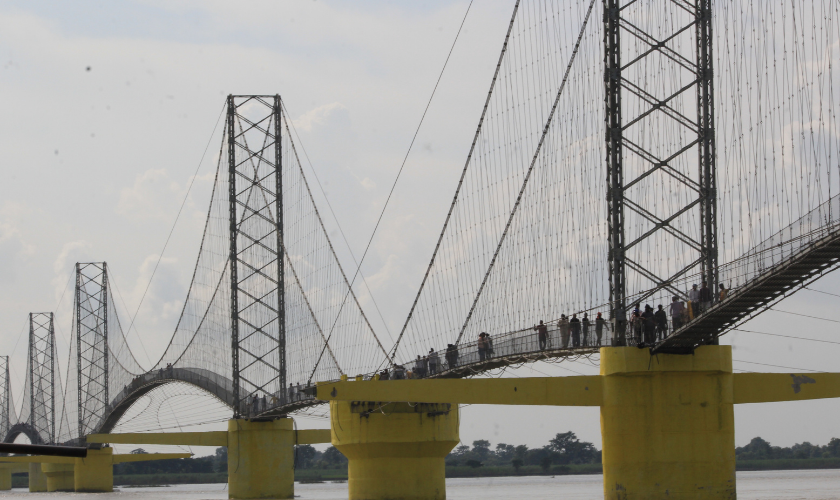Timure-based Rasuwagadhi Hydropower Project in northern Rasuwa has successfully conducted its trial electricity generation.
According to the state-owned national news agency RSS, the project team constructed the power plant with an underground structure in the river basin area of wards 1 and 2 of Gosainkunda Rural Municipality. They installed three turbines, each with a capacity of 33 MW. During the first trial, the plant generated 52 MW of electricity, slightly below capacity due to reduced water flow in river in the dry season.
Project Chief Satyaram Jyakhwa confirmed to RSS that all three units are fully operational and will produce electricity at full capacity during the upcoming rainy season when water flow increases.
The team completed the Rs 18.69 billion project after overcoming several delays since starting construction in 2014. According to RSS, the project faced challenges such as a petroleum supply crisis, the devastating earthquake of 2015, floods during the monsoon, and transportation disruptions caused by highway blockages.
The Rasuwagadhi Hydropower Project will generate 613.875 million units of electricity annually, earning an estimated Rs 3.25 billion in revenue. The project built the facility using a 4,185-meter tunnel under the Trishuli River and constructed a dam to support its operations. The technicians have ensured that all turbines and auxiliary equipment function properly, the project officials told RSS.
The Rasuwagadhi Hydropower Company, a subsidiary of Chilime Hydropower Company, developed the project. According to RSS, funding came from a loan secured from the Employees Provident Fund by keeping Chilime Hydropower Station as collateral, along with equity investments from the Nepal Electricity Authority and local bodies.
The operation of this hydropower project is expected to help Nepal cope with the shortage of electricity during the winter season when Nepal imports electricity from India to meet the domestic demand. It will also contribute to the country’s long-term vision of producing 28,500 megawatts of electricity by 2035. According to the Nepal Electricity Authority, the government plans to export 15,000 megawatts in the international market by that time.
According to the NEA, the installed capacity of electricity produced in Nepal has reached around 3,300 megawatts.












